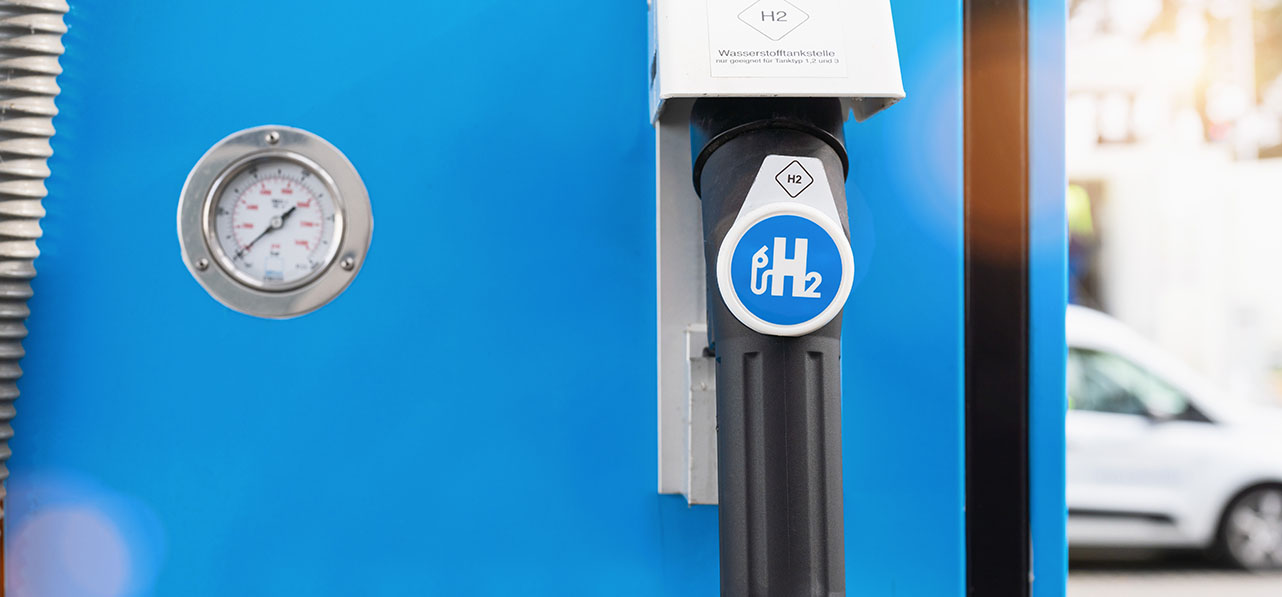Featured Articles
2022-07-11
Japan promotes mobile and stationary hydrogen stations in stages
 Hydrogen refueling station network growing in Japan.
Hydrogen refueling station network growing in Japan.Hydrogen refueling stations use compressors to compress hydrogen and store it in accumulators under high pressure. During the hydrogen supply, the distributor fills the hydrogen tank supply of the hydrogen trolley at a high pressure of 70MPa. Since the rapid filling of hydrogen will cause the temperature of the hydrogen tank to rise, it is necessary to cool the hydrogen in a pre-cooler in advance. The distributor and hydrogen are then raised to the appropriate pressure, and the distributor's nozzles can be used to supply hydrogen to the hydrogen vehicle.
The establishment of hydrogen refueling stations can be divided into fixed types, which are the same as gas stations; and mobile types using large trailers. Stationary hydrogen stations can be divided into two categories: the first is to use urban natural gas and other fuels directly in the hydrogen station, and use water electrolysis to produce hydrogen on-site equipment; the second is to use hydrogen produced by hydrogen fuel production plants delivered to the hydrogen station.
From motives and incentives, hydrogen refueling stations do have a tendency to gradually heat up, but with the different environments, subjective and objective conditions of various countries, the development conditions and business models of hydrogen refueling stations are different. In densely populated Japan, some of hydrogen refueling stations in the mobile mode is a major feature.
Japan is the first country to mass-produce hydrogen vehicles, and the government and private sector are also actively promoting the establishment of hydrogen refueling stations. In the non-governmental department, each stage goal is gradually achieved in stages. Before 2015, hydrogen refueling stations such as Osaka Gas Co., Ltd. and Iwatani were converted into stationary hydrogen refueling stations using existing natural gas pipelines, refueling stations and gas station facilities, mainly built and operated by a single enterprise. At the beginning of 2015, three companies including Toyota, Iwatani and Sun Nippon Acid established a joint venture Nimohyss Company in early 2015 to operate mobile hydrogen refueling vehicles for service in the metropolis. It has the characteristics of flexibility and rapid operation, and also shows an example of upstream and downstream cooperation in the industrial chain. After 2017, it evolved into 11 companies including Toyota, Honda, Nippon Oil (JXTG), Iwatani, Tokyo Gas, Air Liquide Japan Branch, Japan Development Bank, etc., between car manufacturers, petrochemical and natural gas industries and banks, which were established as a joint venture called H2 Mobility (referred to as JHyM). The group forces intensify the infrastructure construction of hydrogen refueling stations, forming a complete industrial chain of investment, financing, construction, operation, hydrogen fuel supply and hydrogen energy vehicle plant operation. Complete resources for hydrogen stations.
References
- H2Stations.org statistics by LBST
- Web Cartop, 2022-03-22, Naoji Mihori , ヒョンデがネッソを Invest in the era of FCV ! The fundamental problem of water element ステーションのNumber が「増やせない」とは
- Electrive.com, 2021-12-06, Carrie Hampel, S.Korea builds charging and H2 stations
- Electrive.com, 2022-03-29, Carrie Hampel, H2 Mobility to increase hydrogen refuelling network
- PetrolPlaza, Pablo Plaza, 2021-01-21, HysetCo to run 20 hydrogen stations in Paris by 2024
- 氫啟未來, 2022-01-03,中國加氫站建設數量已經超越日本,正式躍居世界首位
- glpautogas.info, Hydrogen Stations in France in May 2022



